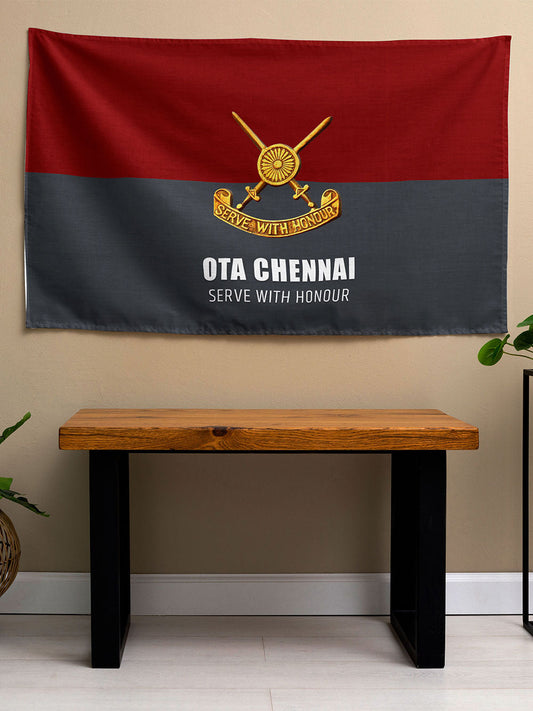Pakistani Airstrikes in Khyber Pakhtunkhwa Kill 30 Civilians, Including Women and Children

In a tragic event, airstrikes conducted by Pakistani Air Force fighter jets in Khyber Pakhtunkhwa's Tirah Valley resulted in the deaths of at least 30 civilians, including women and children, in the early hours of Monday. The operation took place around 2 a.m. when eight LS-6 bombs were deployed over the village of Matre Dara, leading to the destruction of homes and significant loss of life. Witnesses described the scene as a "massacre," with distressing images showing bodies, including those of children, scattered among the wreckage.
Rescue operations are ongoing as teams sift through debris to recover bodies and locate any survivors. Authorities express concern that the death toll could increase, as many individuals are believed to be trapped under the collapsed infrastructure, and the tally of injured persons is still being determined.
This incident contributes to a rising count of civilian casualties in Khyber Pakhtunkhwa attributed to military actions. Amnesty International highlighted Pakistan's "alarming disregard for civilian life" following multiple drone and air strikes, as noted in a statement from June. Isabelle Lassee, Amnesty's Deputy Regional Director for South Asia, previously criticized Pakistani authorities for their failure to safeguard civilians' lives and properties in the region, emphasizing the heavy toll on locals due to military escalations.
Official statistics from January to August 2025 indicate that Khyber Pakhtunkhwa experienced 605 terror-related incidents, leading to the deaths of at least 138 civilians and 79 police officers. The month of August alone registered 129 incidents, including fatal attacks targeting security forces.
The increase in regional violence is partly attributed to the repercussions of Operation Sindoor, an offensive by India in May 2025 that dismantled significant terrorist strongholds in Pakistan and Pakistan-occupied Kashmir. As a result, militant groups such as Jaish-e-Mohammed (JeM) and Hizbul Mujahideen (HM) have shifted their bases further into Khyber Pakhtunkhwa, taking advantage of the challenging terrain and the province's porous boundary with Afghanistan.
The region's mountainous landscape, which has been a haven for insurgents since the anti-Soviet Afghan war in the 1980s and subsequent U.S.-led actions post-9/11, continues to offer natural protection for terrorist groups, placing civilians at increased risk of militant actions and retaliatory military measures.



















